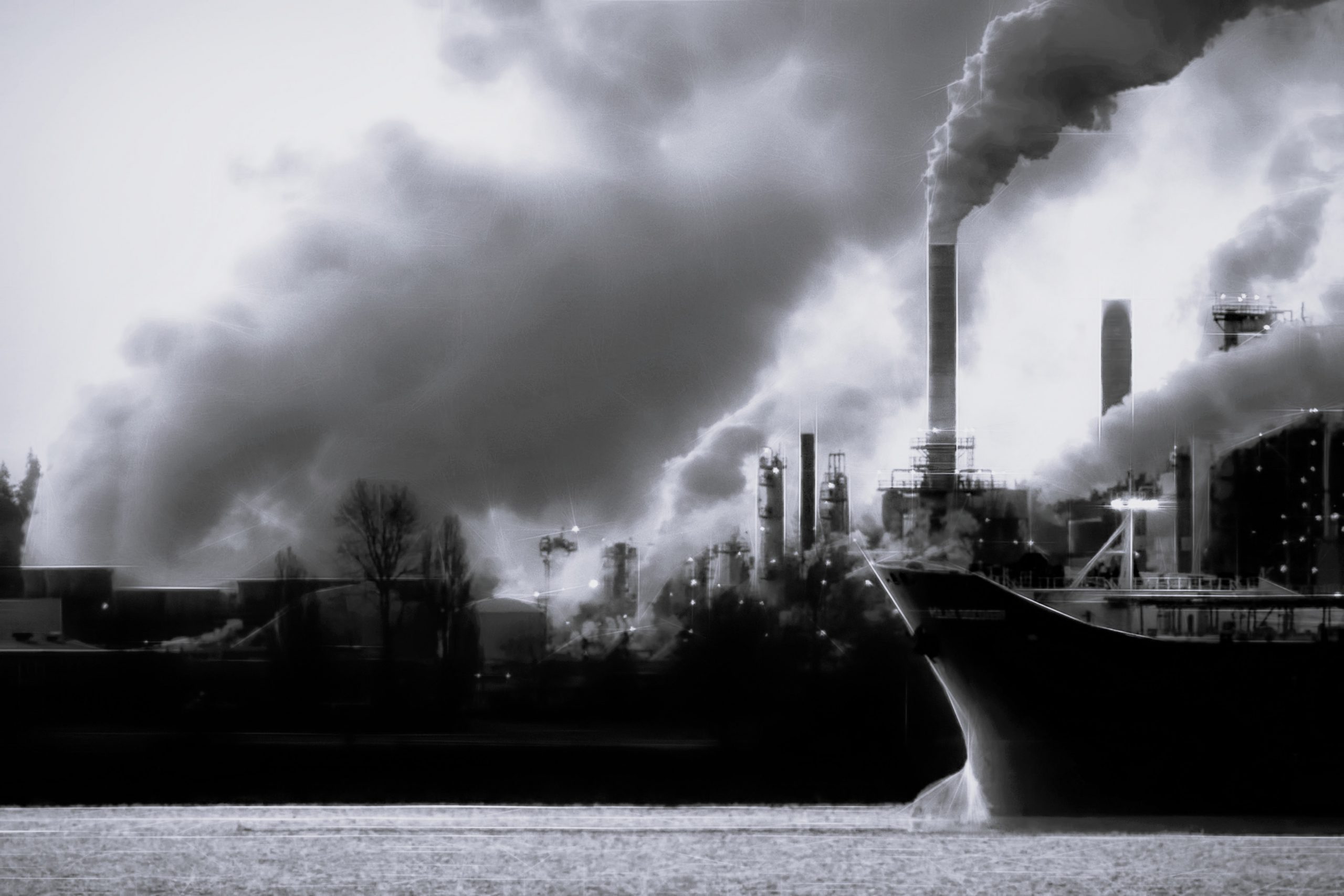I’ve just graduated from a place I used to only dream of. A university that’s not just well-known but ranked number one for what I studied – and more importantly, what I care about.
My final dissertation was all about the environmental impacts of public infrastructure, with a sharp focus on air quality. Why air? Because unlike many environmental factors that get plenty of attention — water, land, even noise — air remains elusive. It’s there, always, but rarely the main character in public development conversations.
And yet, it’s vital. What we breathe affects everything: our health, our productivity, even our longevity. In my research, I looked into a major development that proudly marketed itself as sustainable — the kind with all the buzzwords: green certifications, modern transit links, energy-efficient buildings. On paper, it ticked the boxes. But once I dug into the data, a different story emerged. Construction emissions, traffic congestion from rerouted roads, and weak follow-through on public transport integration all added up to a real hit on air quality — not just during the build, but long after the ribbon was cut.

It was a sobering reminder that even the greenest branding can fall flat when the numbers don’t back it up. Sometimes, “sustainable” is just a feel-good label — stuck on without much scrutiny.
When my studies ended, I returned home — a vibrant, complicated, and endlessly dynamic country that I’ll let you guess. (Clue: more than 17,000 islands, a deep love for spicy food, and a capital city that never sleeps — mostly because of traffic.)
I went back to the very institution I worked for before: the government agency at the heart of public asset management. That’s where things got even more real.
Public infrastructure here is massive — we’re talking about billions worth of physical assets. Roads, airports, ports, schools, public housing, government offices. It’s an empire of concrete, steel, and land. And yet, in all my experience so far, I’ve found no real framework that connects this vast portfolio to sustainability goals. We manage assets worth hundreds of billions, but whether they’re green, resilient, or even serving the public good? That part is still missing.
No emissions benchmarks for infrastructure assets. No performance indicators for energy use. No mandatory sustainability impact assessments for long-term public investments. In other words: we’re managing an entire nation’s worth of real estate — which, by the way, comes from the sector most responsible for global carbon emissions — without a sustainability lens.
That’s deeply worrying.
It’s not that people don’t care. I’ve met passionate, smart, forward-thinking individuals in government, planning, and development. But the system is not yet built to support them. And without a framework — without guiding policies, accountability metrics, and a shared language of sustainability — it’s hard to even start the conversation.
The irony is public infrastructure has enormous potential to lead the sustainability agenda. Unlike private developments, which are driven by profit and investor expectations, public infrastructure can set the standards. It can model better practices. It can prioritise community needs, environmental stewardship, and long-term resilience. But that only happens when sustainability is embedded into how we plan, build, and manage our assets.
Right now, it’s not.
So, what happens next? I may not have all the answers yet. But I know what I can’t accept: silence. Apathy. The same systems repeating themselves while the planet changes around us. Infrastructure could be our shield — or our undoing.
If you’re reading this and you work in public development, real estate, government, or sustainability — or even if you’re just someone curious about how infrastructure shapes our future — let’s talk. Maybe you’re running a pilot, working on a grant, doing research, or building something new. I’d love to connect.
This isn’t a hard sell. Just soft curiosity — and a genuine belief that we can do better.
We need more voices pushing for smarter frameworks, clearer data, and real accountability in public infrastructure. We need systems thinking. We need ambition. Because every new building, every road, every megaproject leaves a carbon footprint — and right now, not enough people are tracking the impact in this nation.
The intersection of large-scale public infrastructure and urgent climate challenges — especially in a context as fast-changing and complex as ours — holds enormous untapped potential. It’s fertile ground for meaningful research, thoughtful collaboration, and yes, even funding. If you’re working on a project, managing a grant, or exploring new ideas — and this perspective resonates — I’d love to be part of the conversation.




